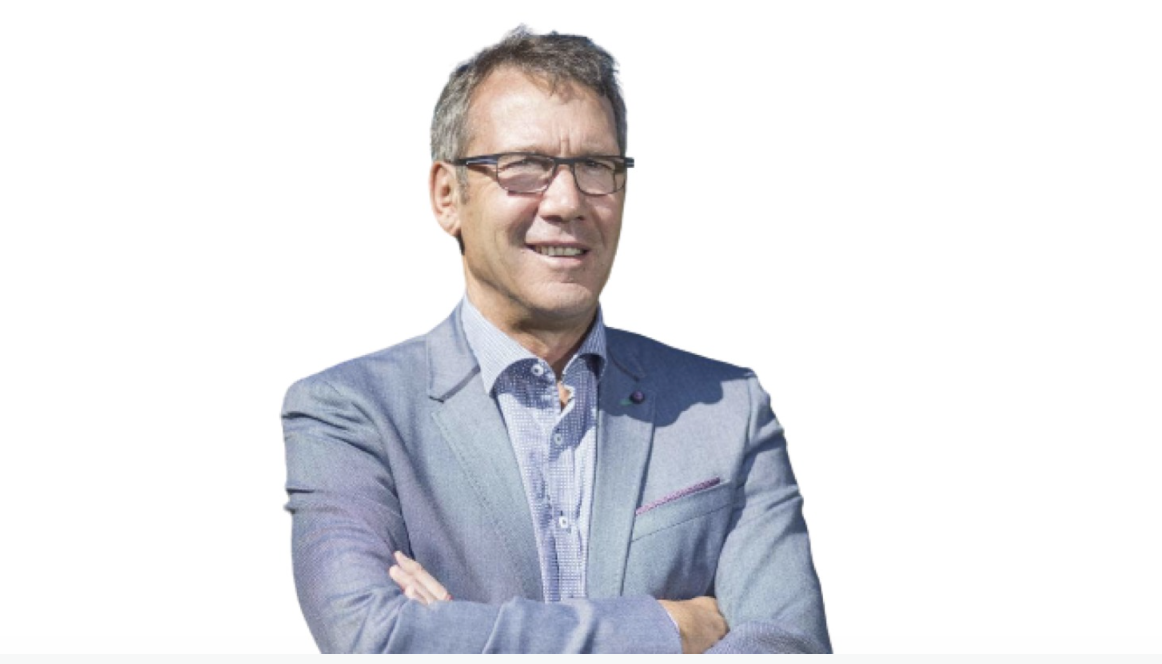The recent electricity crisis in Australia is a stark warning of the dangers of government interfering in the market. Households in NSW were asked to cut their power use on three consecutive nights as the Australian Energy Market Operator (AEMO) seized control of the electricity market. In addition Australia’s biggest electricity user, the Tomago Aluminium smelter, was forced to curtail production to avoid a blackout.
Part of the problem was that the AEMO put a cap of $300/MWh in place and, unsurprisingly, some thermal generators withheld 5GW of generation as they would have had to run at a loss at that price. When a regulator intervenes in the market unnecessarily these are the sorts of unintended consequences. In turn the interference forces yet more interventions; in this case the AEMO had to force suppliers to supply electricity at a loss, promising to compensate them at a later date.
So what does this mean for New Zealand? The 100 per cent renewable electricity generation by 2030 policy and the prospect of a government-owned-and-operated 1,200 MW pumped hydro scheme at Lake Onslow to provide dry-year cover will distort the market and add risk to the sector.
The Productivity Commission estimates it will take 15 years to build the proposed Onslow scheme, which the government estimates will cost $4 billion. But everyone in the sector I talk to says it will be $8-10 billion, with significant risk of a cost blow-out and long delays. It is a project that will use more power pumping water uphill than it will generate.
There is also the impact of 1,200 MW of generation owned and operated by the government with an unknown pricing mechanism, which creates enough uncertainty to slow investment in the sector. Given the likely cost of the scheme, it can only lead to higher electricity prices.
We need thermal backing to cover renewables when the sun doesn’t shine and wind isn’t blowing. These were the exact same conditions that occurred last year when the Waikato had a blackout on 9 August. But the 100 per cent renewable target by 2030 means that it is unlikely that more thermal generation will be built or that the coal-fired generators at Huntly will be converted to gas, which would have halve their CO2 emissions. There will not be enough time to get a return on the investment. Instead we will continue to burn coal and our carbon emissions will be higher than they would have otherwise been.
There is no doubt that the electricity market is not perfect, but we will be much worse off with either or both of these ideologically driven sound bites. They will only deliver more risk and cost. There are solutions for our dry-year risk that the sector can and will deliver if they are given the chance. One thing we can be sure of is that the solution will not be found in the Minister of Energy’s office.

